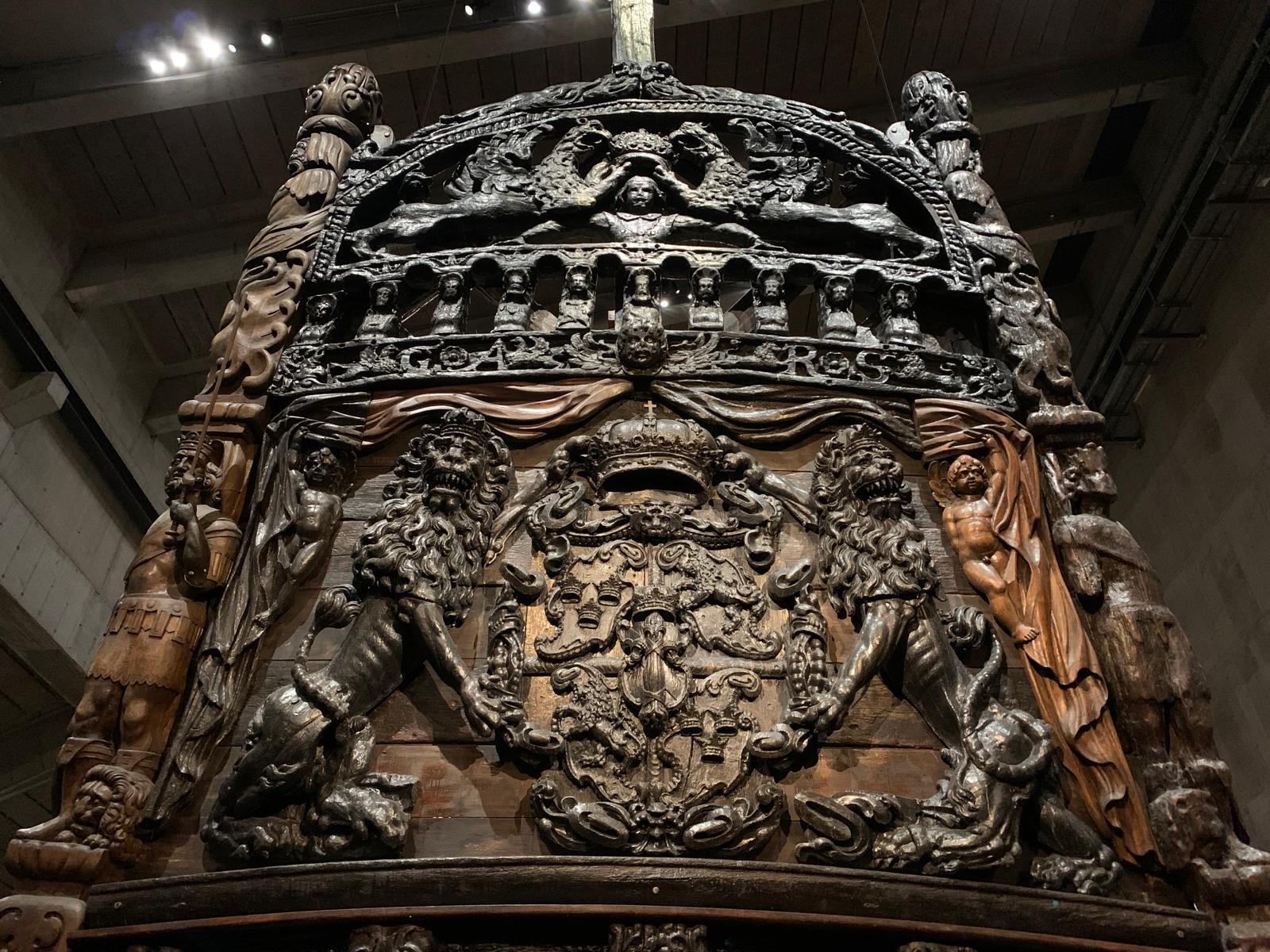Vasamuseet (Vasa Museum), Stockholm
Of the museums I visited recently in Stockholm the Vasa Museum was the one I was most looking forward to. But why? And did it live up to the hype? Find out below.
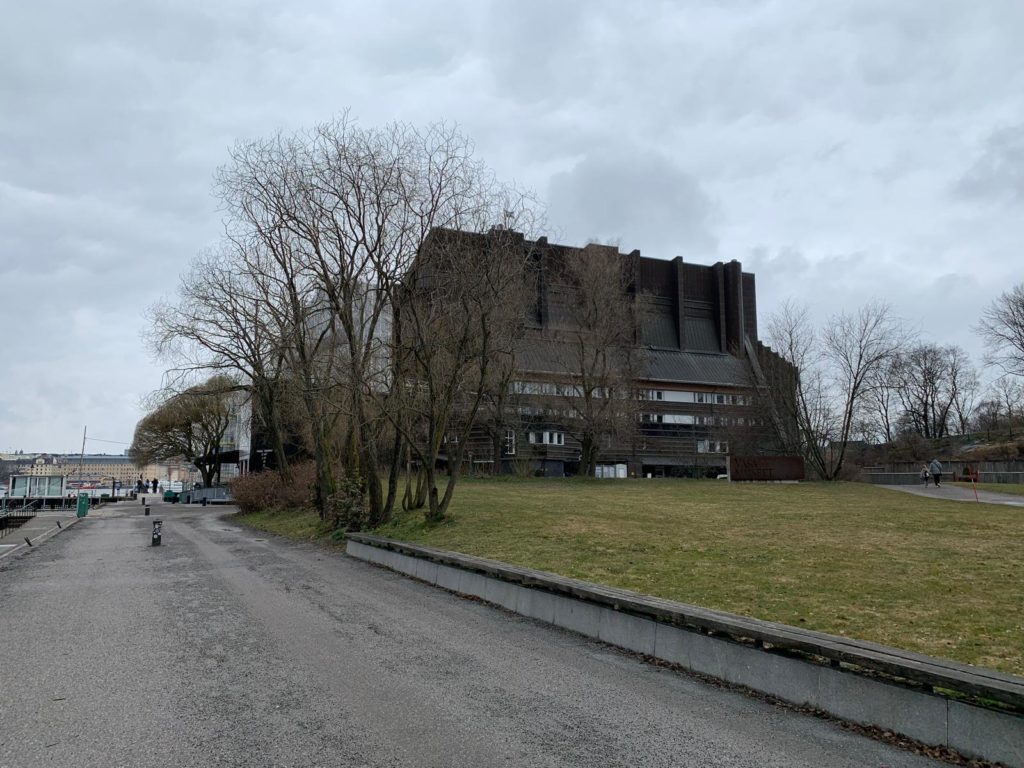
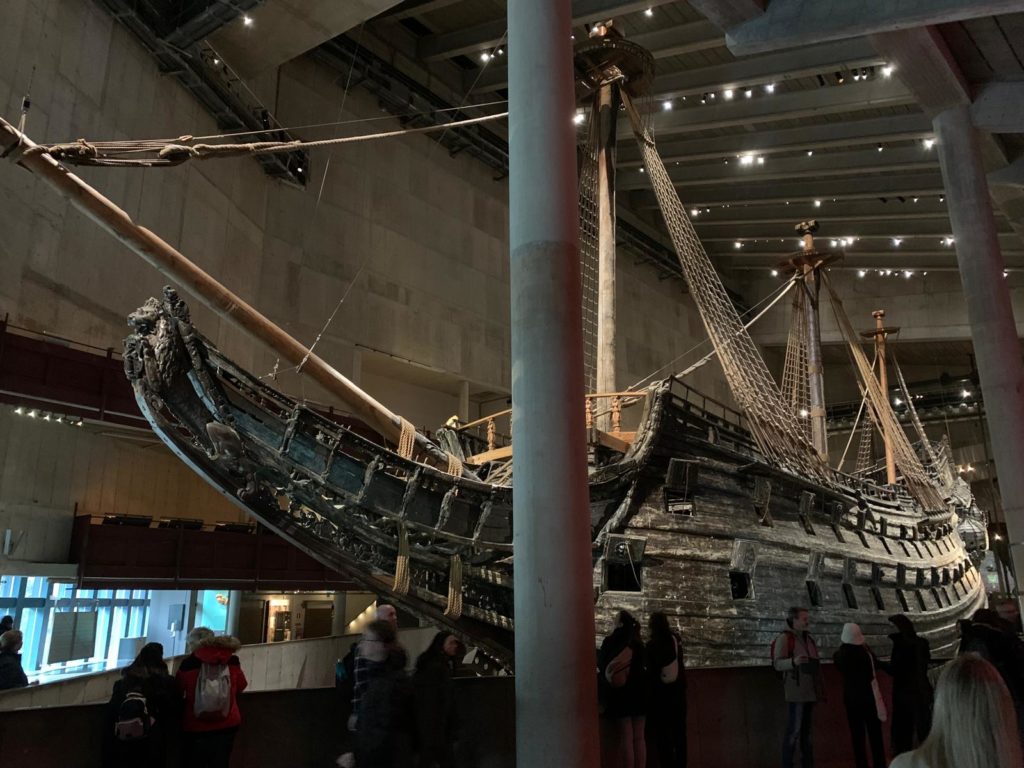
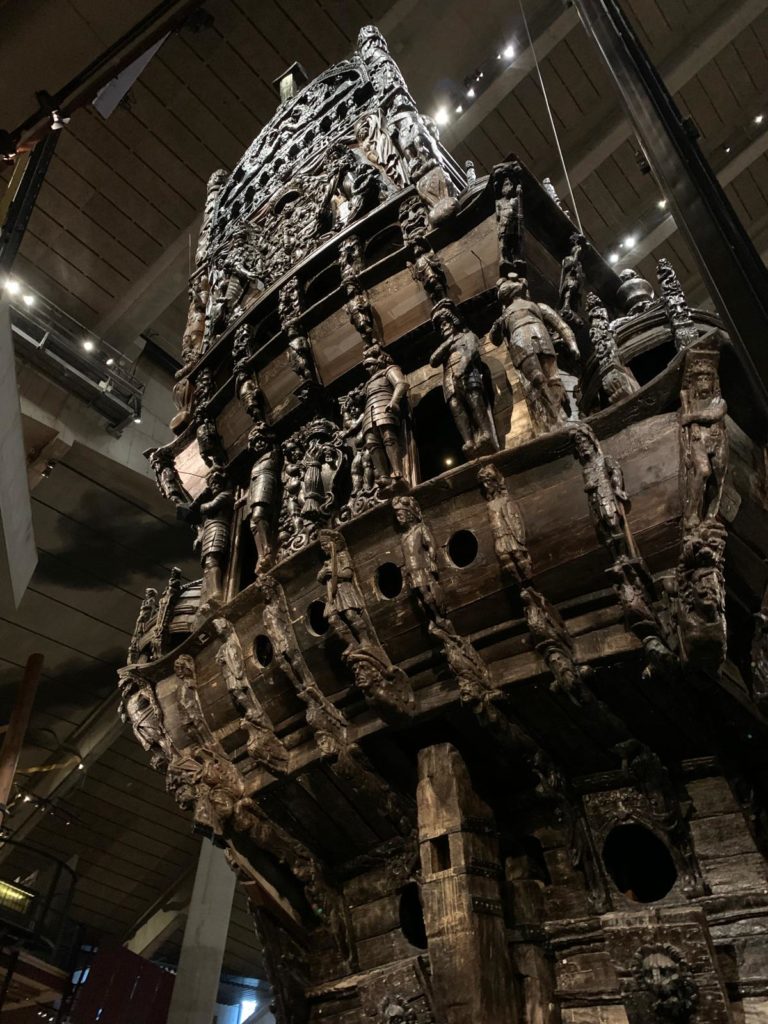
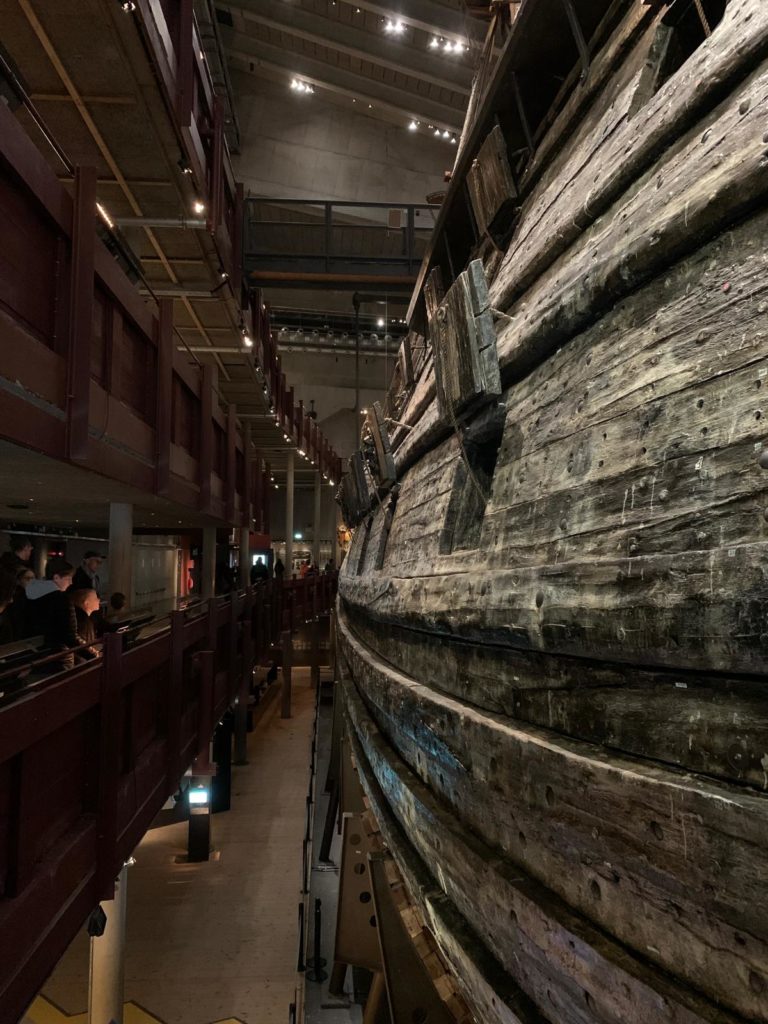
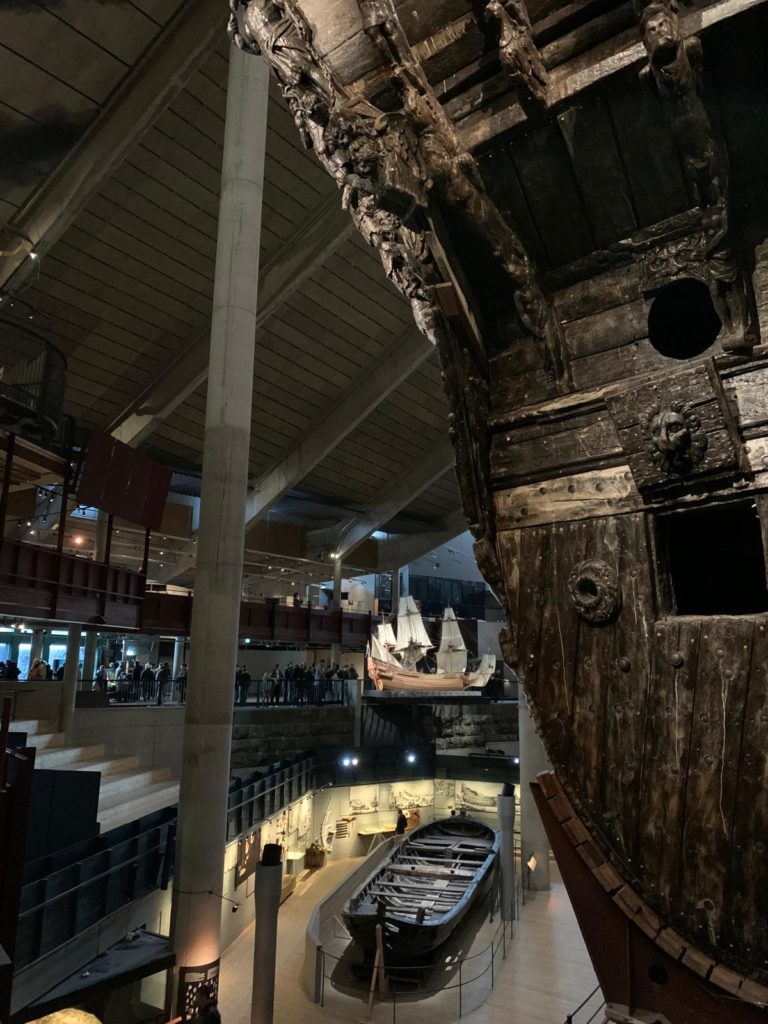
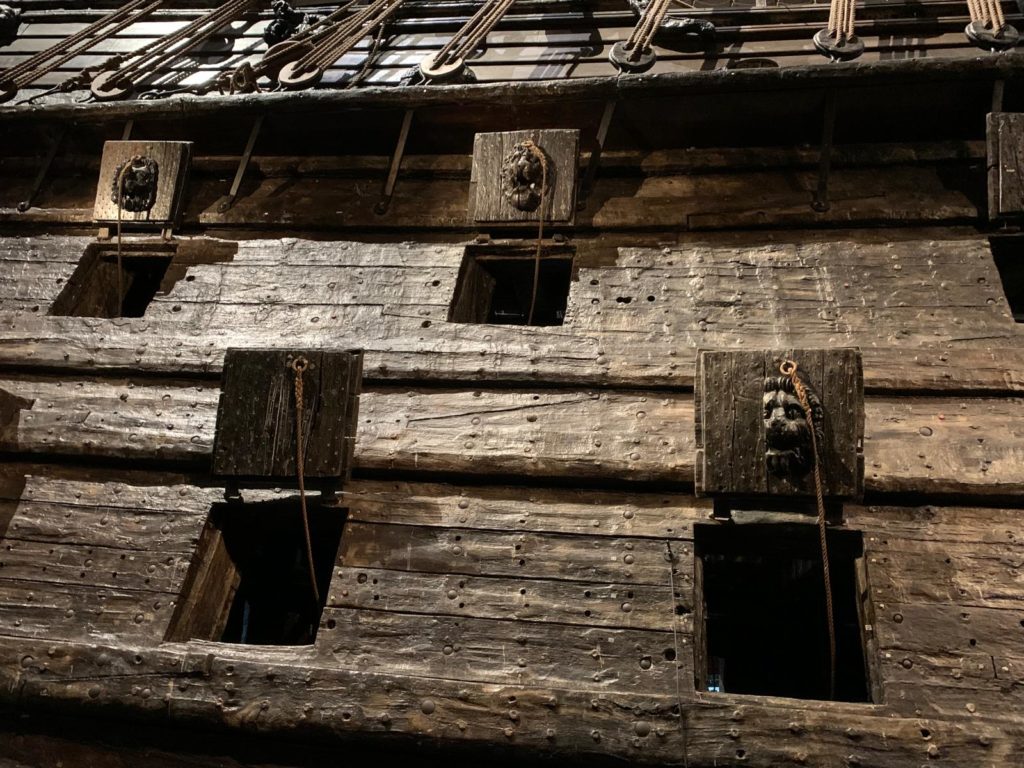
What is the Vasa Museum?
When you’re in a new place and figuring out what to see and do, some tourist spots make it easier than others. I’m no Swedish-speaker but I am a museum-lover, so I had a little job to parse out which museums I wanted to see while I was there. Some are easier than others. Fotografiska, which we saw in the last post, is one you can figure out. The Moderna museet or Nordiska museet you could take a stab at. Sjöhistoriska museet you might need to put through Google Translate (hint: it’s the Maritime Museum). But when it comes to the Vasamuseet, just who or what is a Vasa?
It’s a what. The Vasa is, or was, a 17th century warship. It was part of a military expansion by King Gustavus II Adolphus, and richly fitted out as a symbol of the king’s wealth and power. However, serious errors in the design of the ship saw it sink in Stockholm Harbour just over 1 KM into its maiden voyage. Various people tried raising the wreck and failed. The expensive bronze cannons were salvaged, the rest just stayed there in the silt while people largely forgot about the Vasa. That is, until amateur archaeologist Anders Franzén took an interest in locating and recovering wrecks in the Baltic in the 1950s. The cold water, free from shipworm, he argued, would preserve ships longer than in warmer waters. He located the Vasa in 1956 with a home-made coring probe, and a large-scale mission to recover it began.
Raising the Vasa took until 1961. Then the task of washing out all the mud, cataloguing and making sense of finds, and preserving the timbers began. The silt of the harbour had preserved a lot of detail, particularly on the downward-facing side of the ship. The current had worked to erode the other side. But if you’re familiar at all with water-logged archaeological sites, you will know that you can’t just dry things out and put them on display. After a certain time submerged, the water which has permeated organic substances is actually what is holding it together. If you don’t replace it with something stable, it will fall apart. The Vasa was thus sprayed constantly with polyethylene glycol for 17 years, and didn’t fully dry out until 2011!
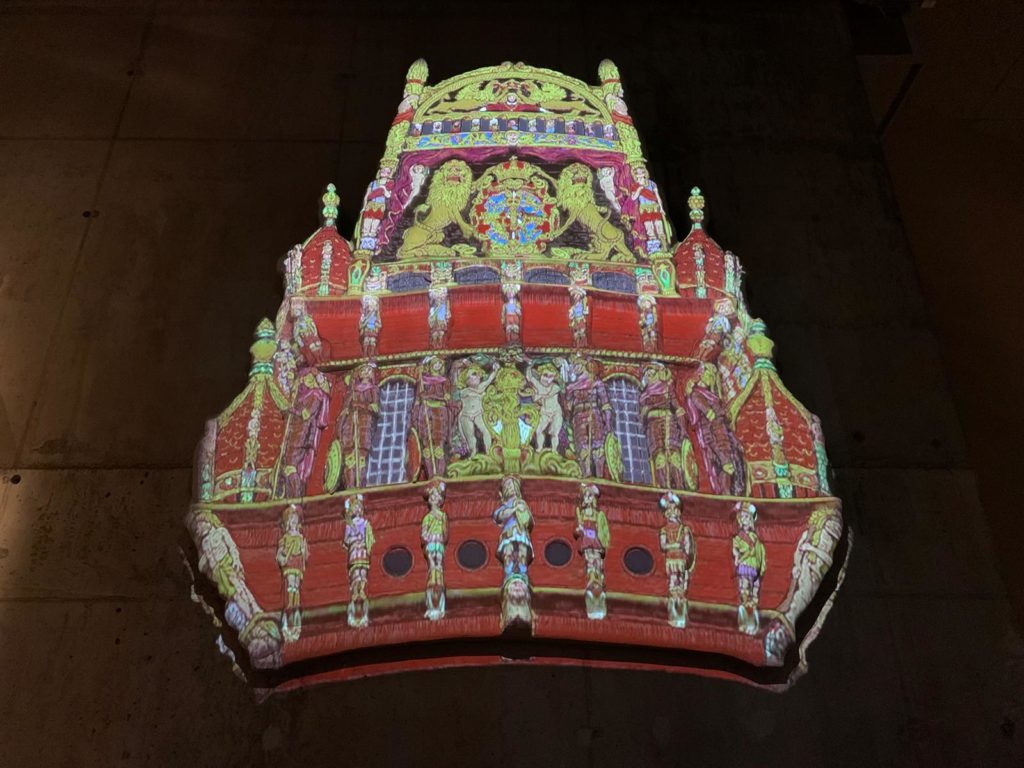
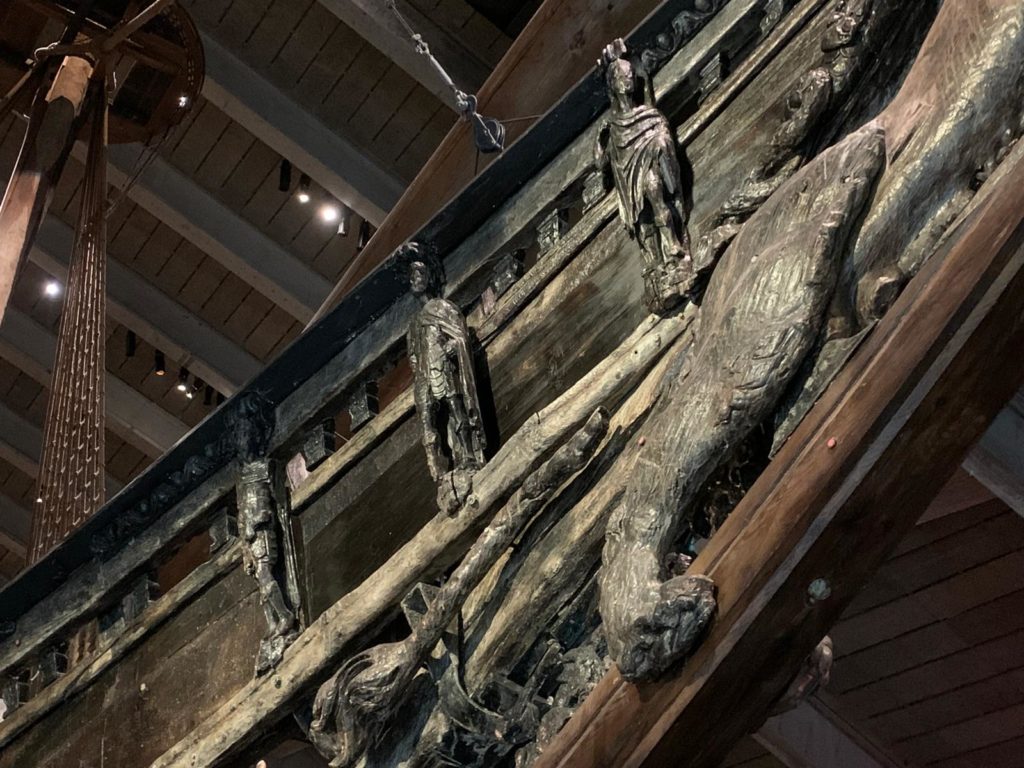
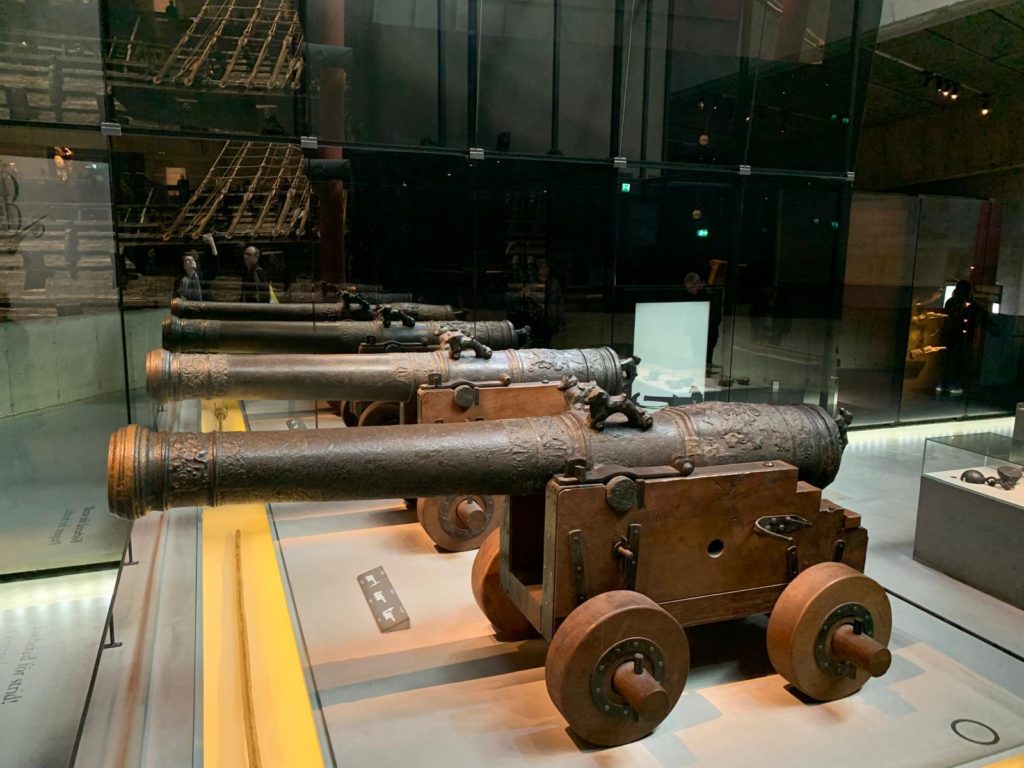
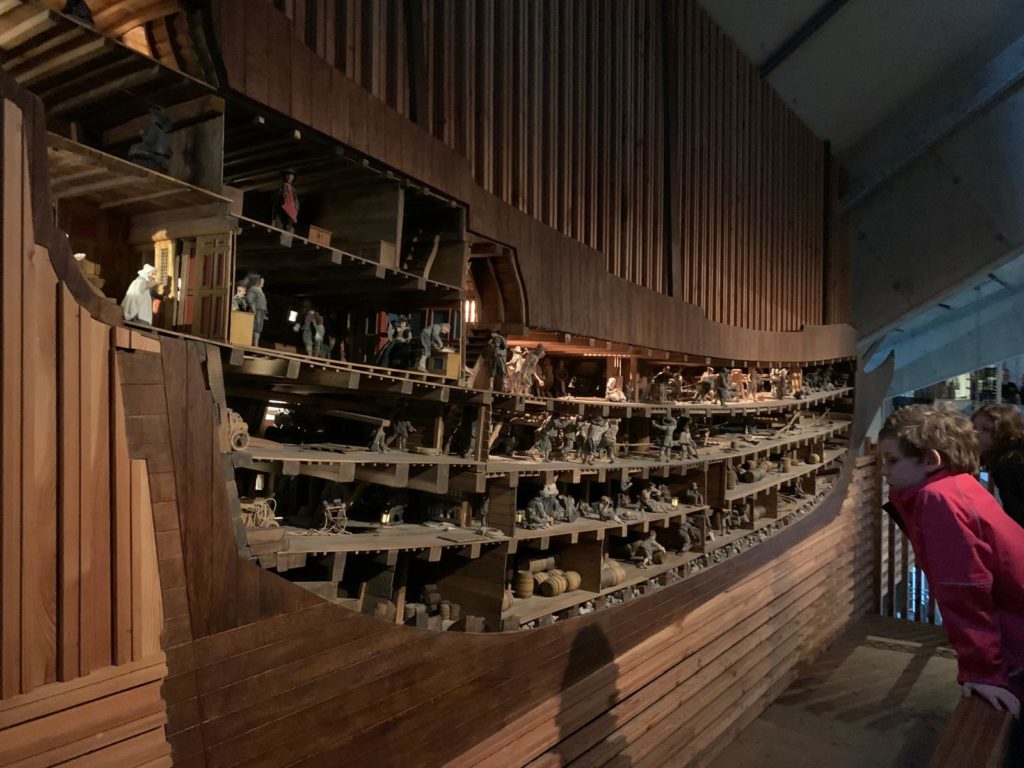
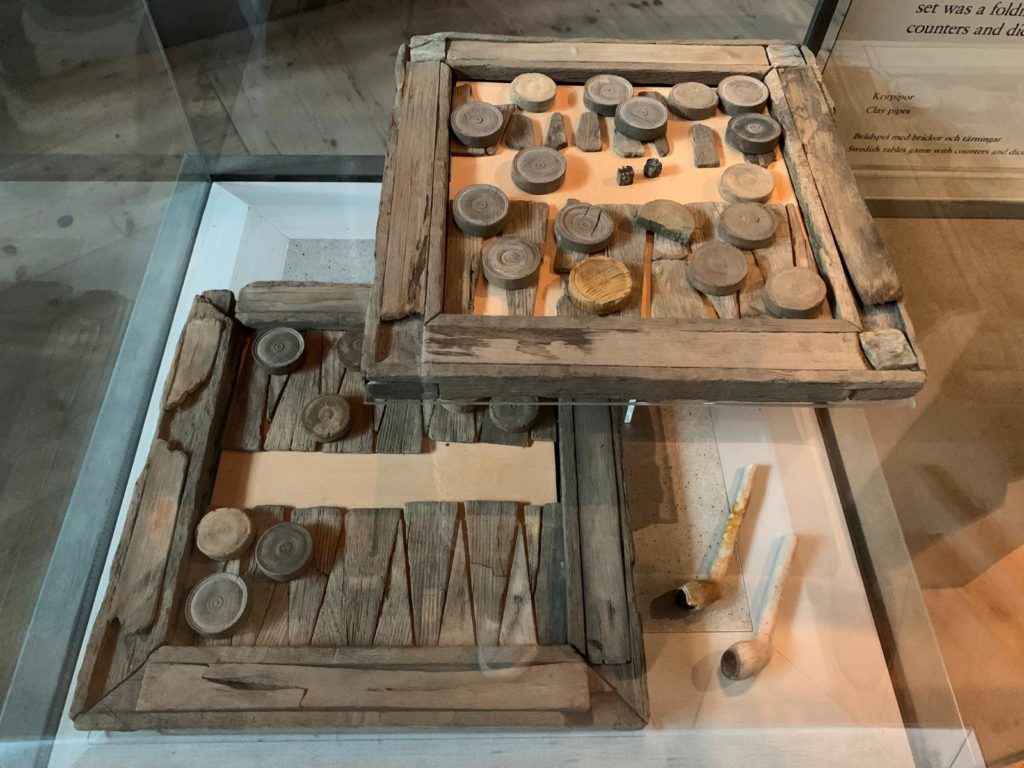
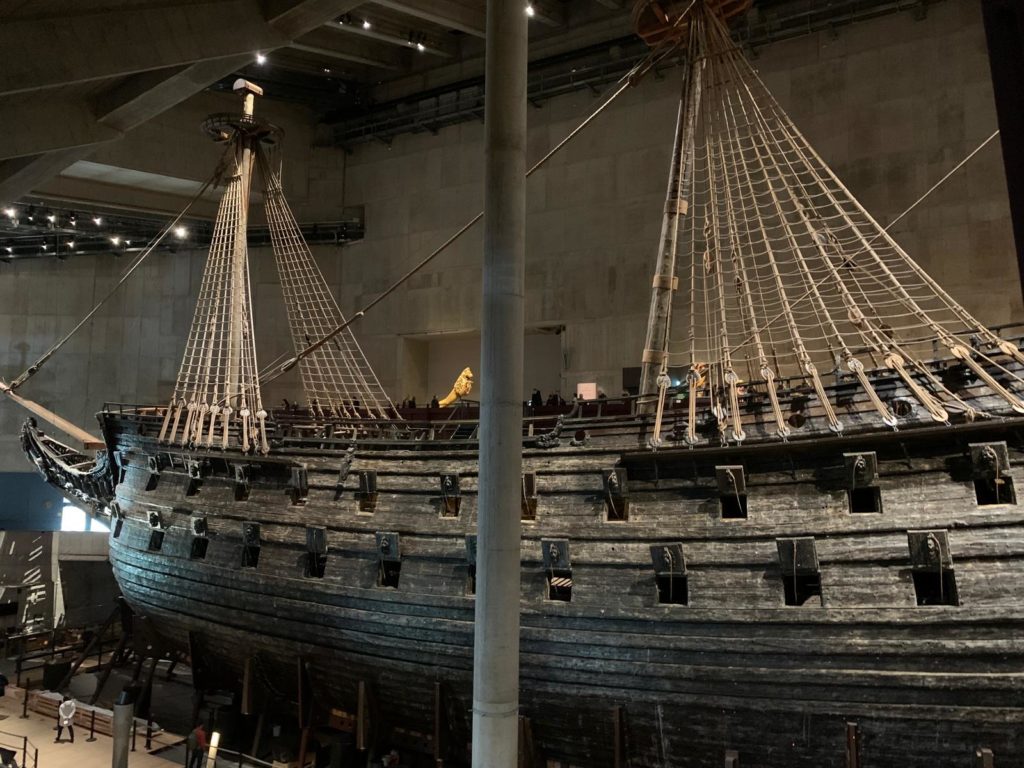
Right, but the Vasa Museum…?
That’s a short history of the Vasa, but what about the Vasa Museum? Well, from the 1960s the Vasa was on display to the public. Until 1988 it was in a temporary structure called Wasavarvet (“The Vasa Shipyard”). It was hard to get a real sense of the ship from the Wasavarvet, though, and so the Swedish government invited proposals for a more permanent museum. An industrial-style design by Månsson and Dahlbäck won, ground was broken in 1987, and the museum opened in 1990. It’s a clever design: a red mast-like structure protrudes from the roof, signalling the museum’s contents and also in a sense restoring the Vasa’s full height.
The museum design also wows visitors with the scale of the Vasa. The Vasa really wasn’t very successful as a warship, but, if it had been, we wouldn’t be able to see it today. It’s a unique survival: aside from the Mary Rose (very similar story), where else can you see an Early Modern wooden vessel? And seeing it out of the water, it’s immense. Four stories, in fact. The Vasa takes centre stage within the museum, with space to take in the full view.
On either side are galleries at different levels. Some are purely viewing galleries, while others contain thematic information, artefacts and replicas. You can learn about life on board, why the Vasa was ill-fated from the outset, what the significance of all the carvings was, and what we have learned from the human remains discovered with the wreck. Let’s dig into those now.
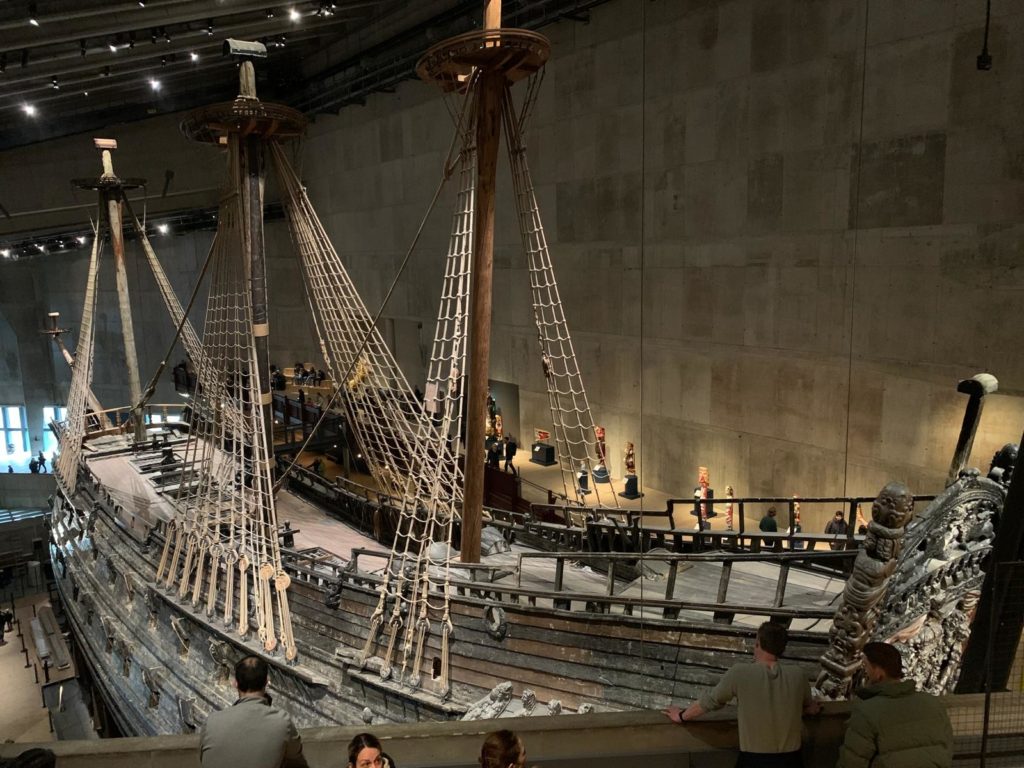
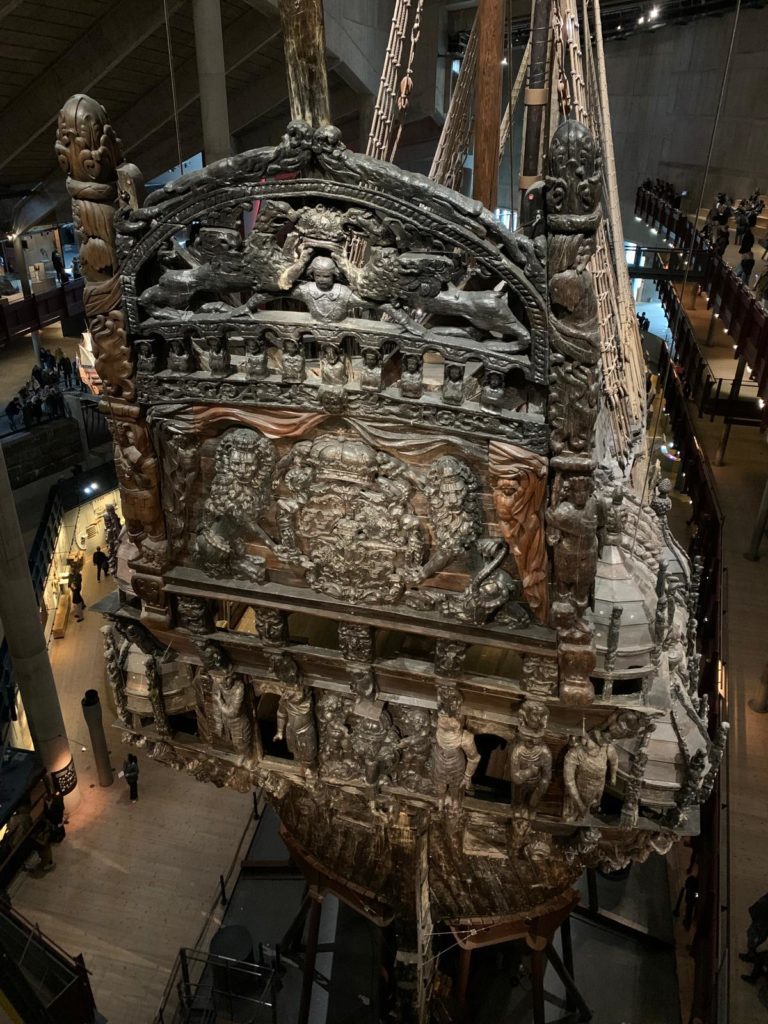
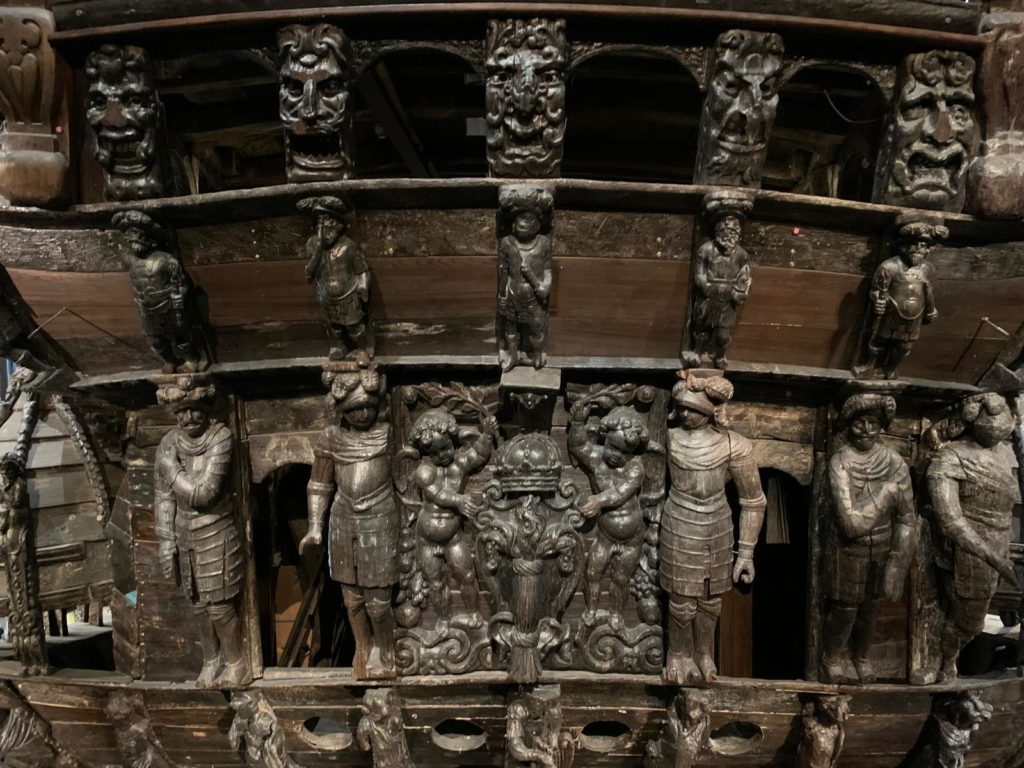
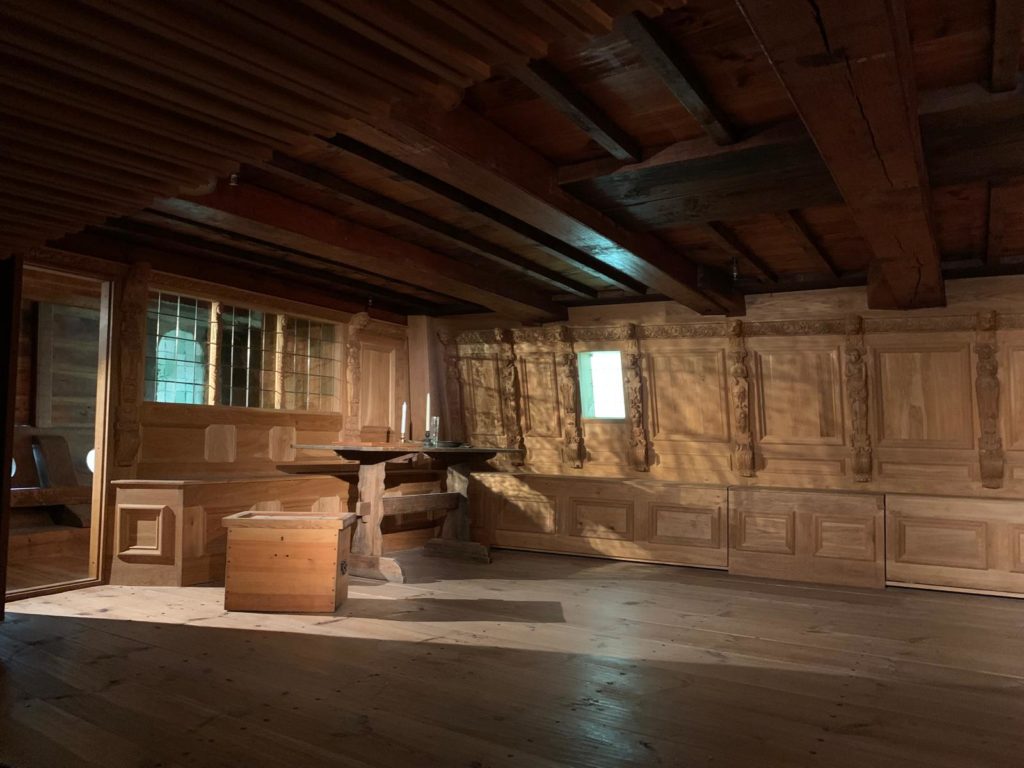

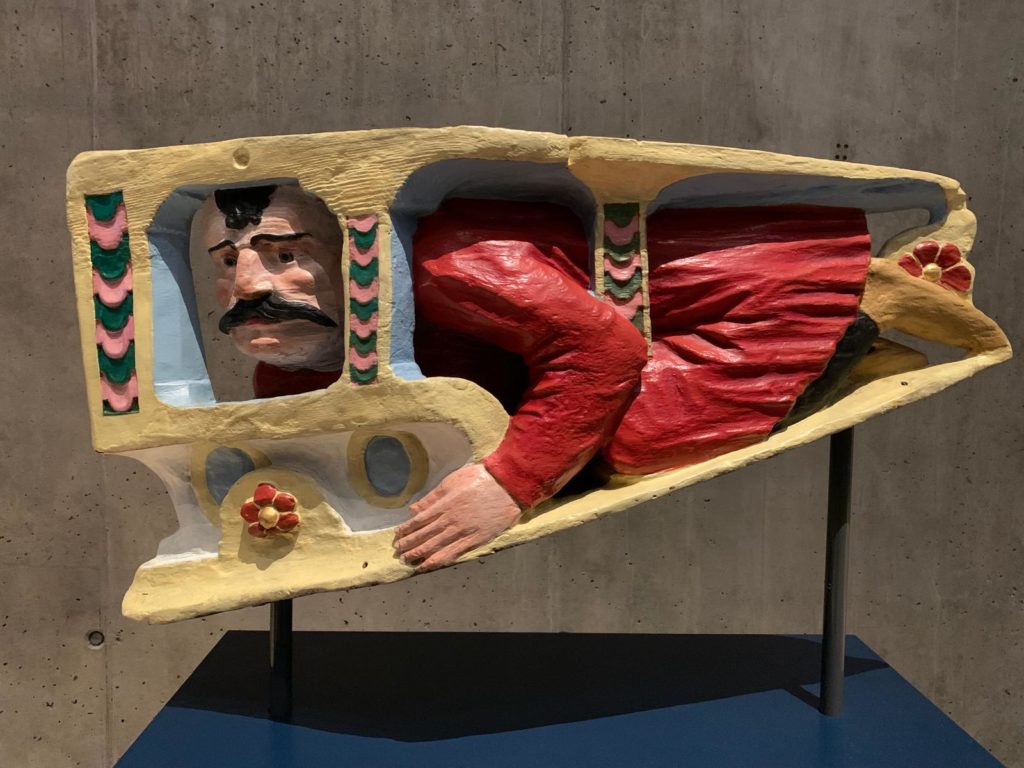
What Do You Learn at the Vasa Museum?
Firstly I would like to do a shout out to the excellent introductory video. Shown in Swedish and English (and less frequently other languages) in its own theatre, it sets the scene perfectly. It clearly but separately evokes the different historical periods under discussion: the 1600s, 1950s-60s, and today. It’s also the first time you hear about the key issues which sunk the Vasa, repeated throughout the museum. That is, that it was top heavy, too narrow in the beam, and sat too high in the water. These facts only became apparent after the Vasa was raised: various accusations flew around during a contemporary inquest but were impossible to prove.
After watching the video, you’re free to explore at leisure. As a would-be archaeologist, I enjoyed the section on life on board. This is where you find most of the preserved artefacts from the ship, sometimes put into further context via contemporary illustrations and paintings. I learned about sailors’ communal meals, pastimes, clothing and work. I was probably overly excited about the organic survivals like textiles, but in my defense they are rare and impressive.
At the lowest level of the museum you find information gleaned from studying the Vasa’s human remains. It’s increasingly controversial to have human remains on view in museums: I wonder if in future the lifelike facial reconstructions will stand in for the skeletal remains? The scientific research is interesting regardless. Researchers understand a lot about the victims’ early lives, health, and also deaths. There’s only been one tentative identification: the other individuals have names following letters of the alphabet. Nearby is further scientific research on preservation techniques. The Vasa Museum seem to openly acknowledge that their precious historic survivor won’t last forever, but that they have a mission to care for it while it does. This is actually the case for all things in all museums, but maybe a four-storey ship held together by polyethylene glycol focuses the mind.
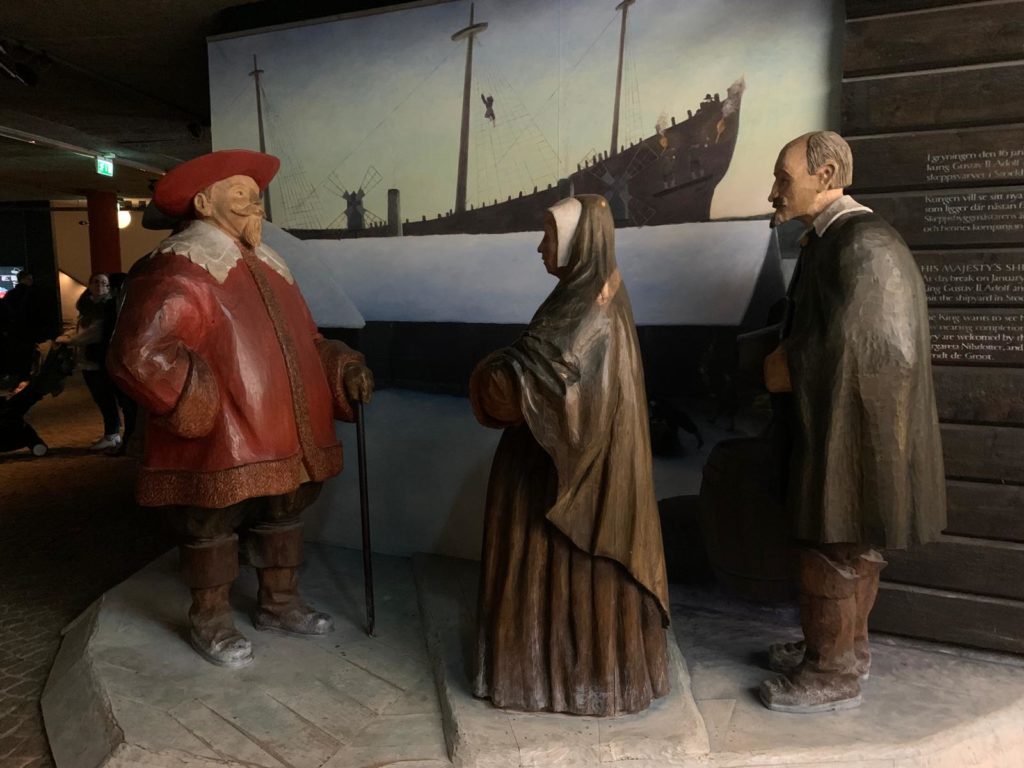
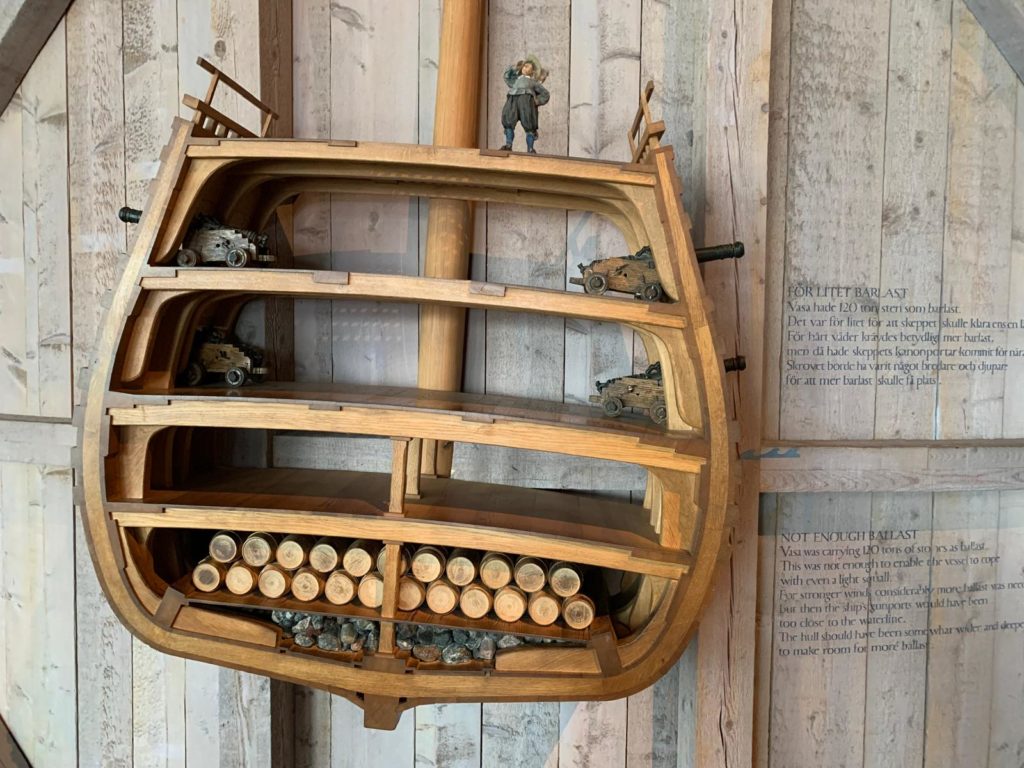
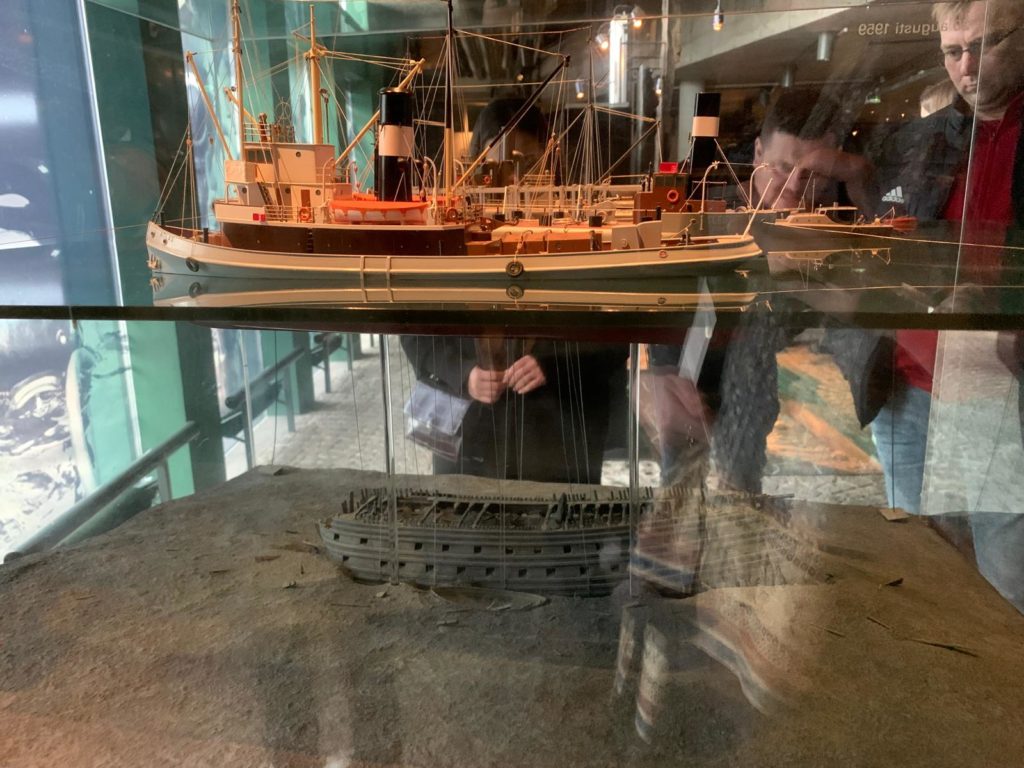
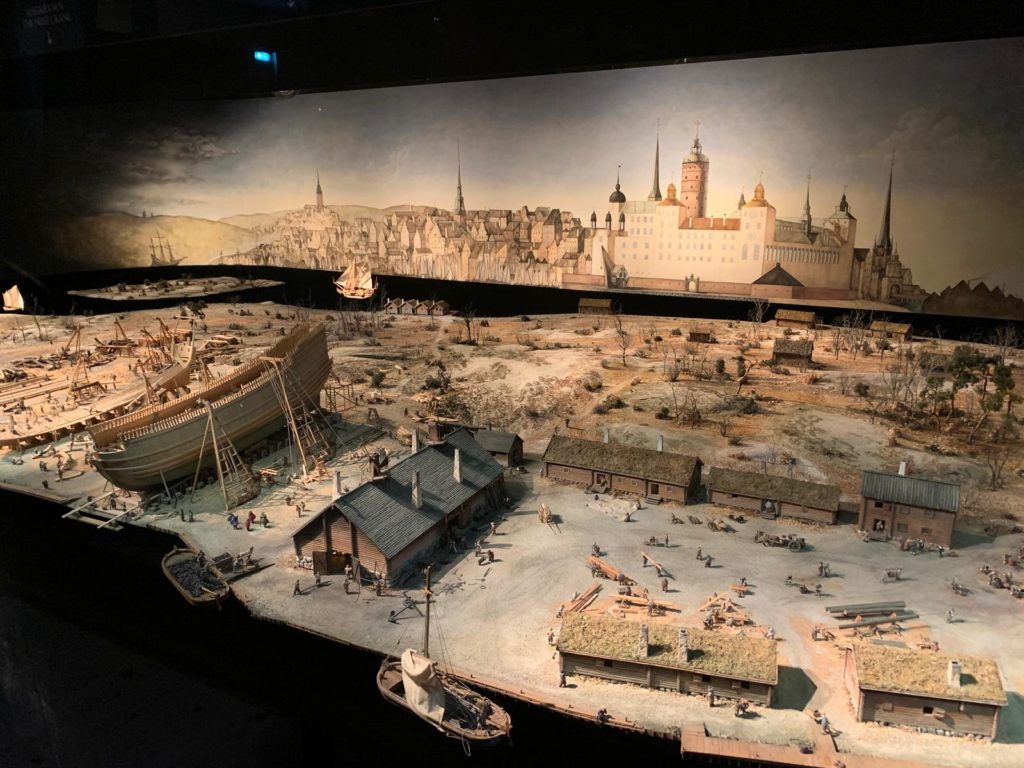
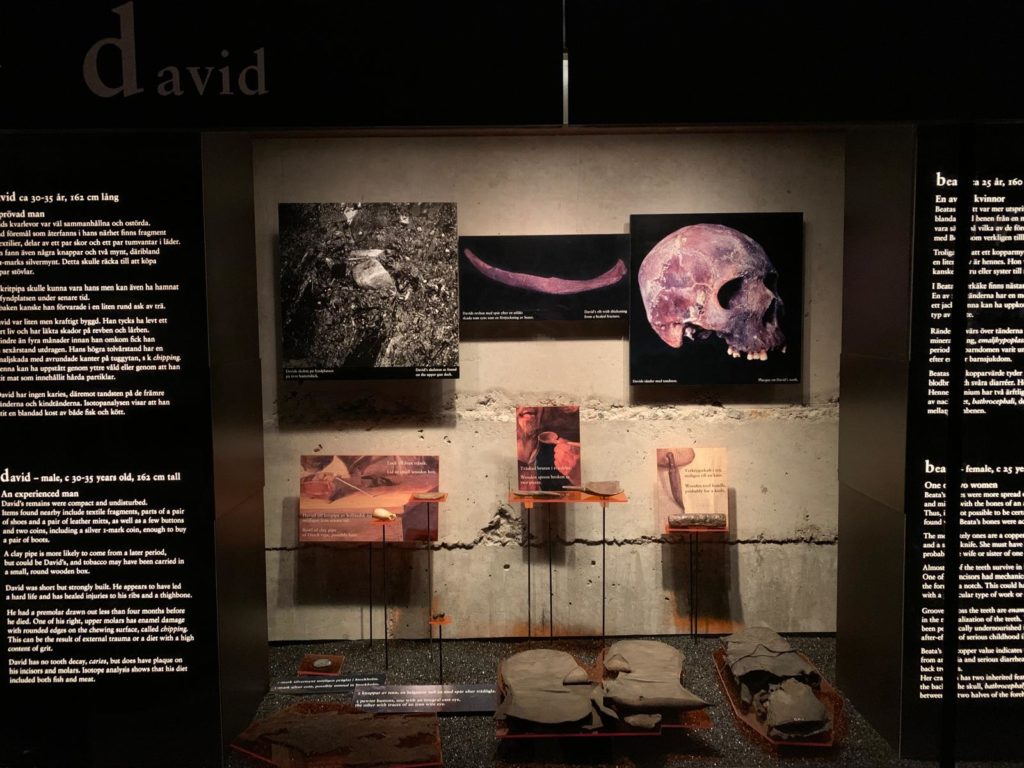
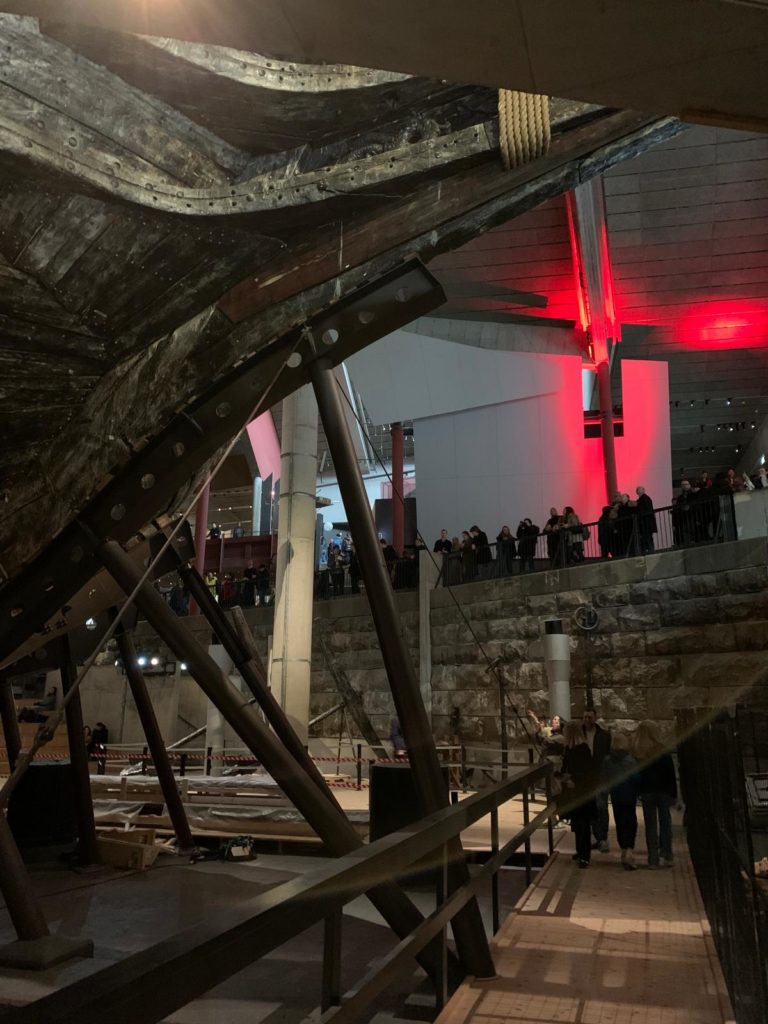
Final Thoughts
So did the Vasa Museum live up to the hype? Which is to say, to my expectations as the thing I most wanted to see in Stockholm? Why yes it did! You just can’t beat that first glimpse of the towering warship. And rather than rest on its laurels of having one unparalleled object, the Vasa Museum provide a variety of experiences and topics to dive into. Aside from those I’ve discussed above, there is information on the raising of the ship, an exhibition space (which had a Lego exhibition when I visited), information about Stockholm and shipbuilding in the 1600s, and more. They even manage to make an inquest appealing with an immersive period-style room. I came, I learned, I took plenty of photos: it was great!
A couple of practical notes before we wrap up. We arrived just after opening at 10 AM. For some reason the queue for pre-booked tickets was long, but we strolled right in to buy ours on the door. And on a whim we actually bought a ticket that covered the Vasa Museum and nearby Vrak – Museum of Wrecks. In hindsight, although we enjoyed it, this made for quite a long morning. Perhaps that’s why others were wise to buy in advance and not be upsold in person.
There are plenty of other museums nearby for a full cultural day out if desired. And restaurants at several of them, including the Viking Museum (seems quite good and does mead tastings!). Djurgården, where the Vasa Museum is located, can be reached on foot from central Stockholm/Gamla Stan, or by ferry. I hope you enjoy it as much as I did!
Salterton Arts Review’s rating: 4.5/5
Trending
If you see this after your page is loaded completely, leafletJS files are missing.

